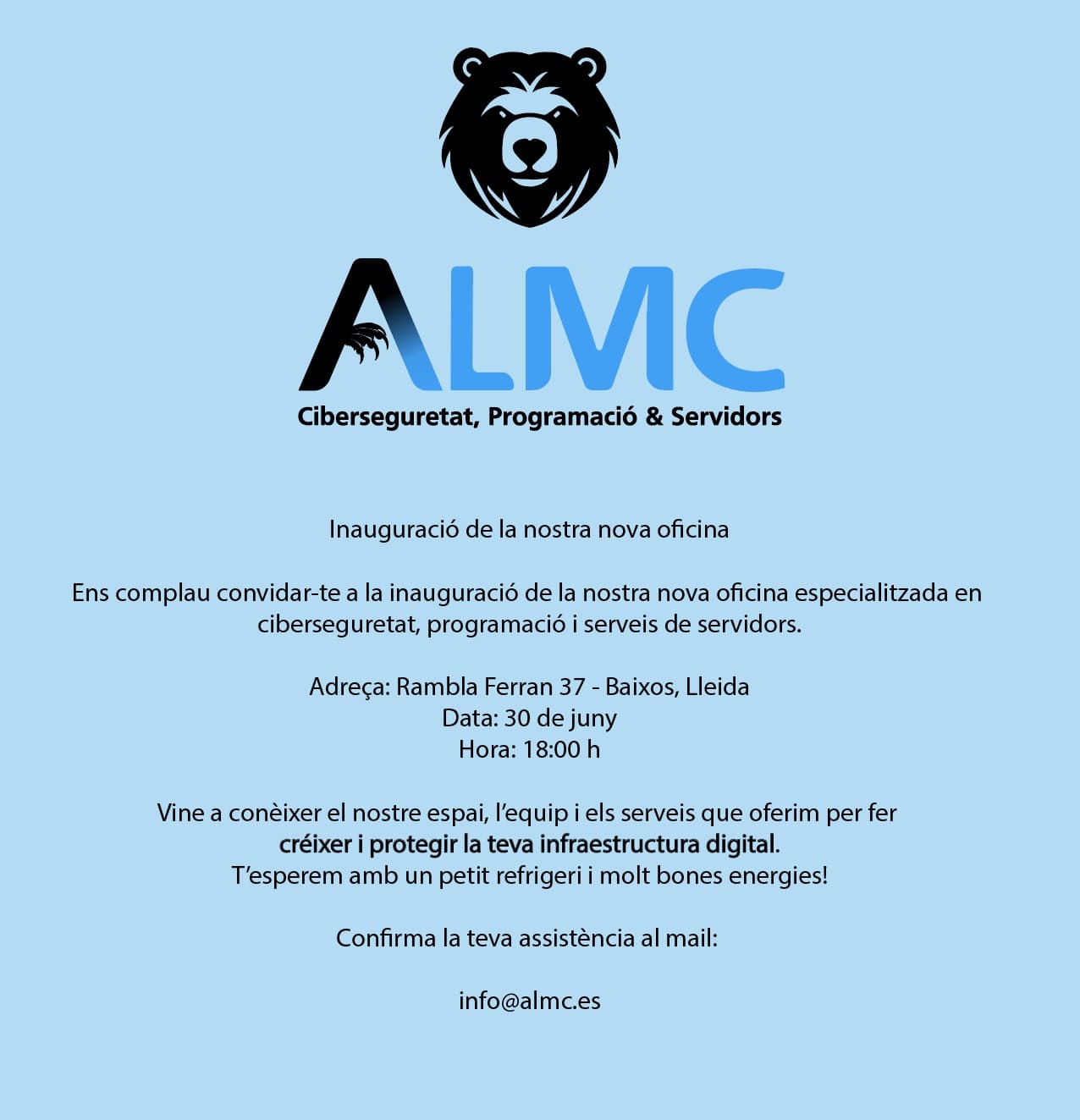Kontent.ai MCP Server
Transform your content operations with AI-powered tools for Kontent.ai. Create, manage, and explore your structured content through natural language conversations in your favorite AI-enabled editor.
Kontent.ai MCP Server implements the Model Context Protocol to connect your Kontent.ai projects with AI tools like Claude, Cursor, and VS Code. It enables AI models to understand your content structure and perform operations through natural language instructions.
✨ Key Features
- 🚀 Rapid prototyping: Transform your diagrams into live content models in seconds
- 📈 Data Visualisation: Visualise your content model in any format you want
Table of Contents
🔌 Quickstart
🔑 Prerequisites
Before you can use the MCP server, you need:
- A Kontent.ai account - Sign up if you don't have an account.
- A project - Create a project to work with.
- Management API key - Create a Management API key with appropriate permissions.
- Environment ID - Get your environment ID.
🛠 Setup Options
You can run the Kontent.ai MCP Server with npx:
STDIO Transport
npx @kontent-ai/mcp-server@latest stdio
Streamable HTTP Transport
npx @kontent-ai/mcp-server@latest shttp
🛠️ Available Tools
Context and Setup
- get-initial-context – 🚨 MANDATORY FIRST STEP: This tool MUST be called before using ANY other tools. It provides essential context, configuration, and operational guidelines for Kontent.ai
Content Type Management
- get-type-mapi – Get Kontent.ai content type by internal ID from Management API
- list-content-types-mapi – Get all Kontent.ai content types from Management API
- add-content-type-mapi – Add new Kontent.ai content type via Management API
- patch-content-type-mapi – Update an existing Kontent.ai content type by codename using patch operations (move, addInto, remove, replace)
- delete-content-type-mapi – Delete a Kontent.ai content type by codename
Content Type Snippet Management
- get-type-snippet-mapi – Get Kontent.ai content type snippet by internal ID from Management API
- list-content-type-snippets-mapi – Get all Kontent.ai content type snippets from Management API
- add-content-type-snippet-mapi – Add new Kontent.ai content type snippet via Management API
Taxonomy Management
- get-taxonomy-group-mapi – Get Kontent.ai taxonomy group by internal ID from Management API
- list-taxonomy-groups-mapi – Get all Kontent.ai taxonomy groups from Management API
- add-taxonomy-group-mapi – Add new Kontent.ai taxonomy group via Management API
Content Item Management
- get-item-mapi – Get Kontent.ai item by internal ID from Management API
- get-item-dapi – Get Kontent.ai item by codename from Delivery API
- get-variant-mapi – Get Kontent.ai language variant of content item from Management API
- add-content-item-mapi – Add new Kontent.ai content item via Management API. This creates the content item structure but does not add content to language variants. Use upsert-language-variant-mapi to add content to the item
- update-content-item-mapi – Update existing Kontent.ai content item by internal ID via Management API. The content item must already exist - this tool will not create new items
- delete-content-item-mapi – Delete Kontent.ai content item by internal ID from Management API
- upsert-language-variant-mapi – Create or update Kontent.ai language variant of a content item via Management API. This adds actual content to the content item elements. When updating an existing variant, only the provided elements will be modified
- create-variant-version-mapi – Create new version of Kontent.ai language variant via Management API. This operation creates a new version of an existing language variant, useful for content versioning and creating new drafts from published content
- delete-language-variant-mapi – Delete Kontent.ai language variant from Management API
- filter-variants-mapi – Search and filter Kontent.ai language variants of content items using Management API
Asset Management
- get-asset-mapi – Get a specific Kontent.ai asset by internal ID from Management API
- list-assets-mapi – Get all Kontent.ai assets from Management API
Language Management
- list-languages-mapi – Get all Kontent.ai languages from Management API
Workflow Management
- list-workflows-mapi – Get all Kontent.ai workflows from Management API. Workflows define the content lifecycle stages and transitions between them
- change-variant-workflow-step-mapi – Change the workflow step of a language variant in Kontent.ai. This operation moves a language variant to a different step in the workflow, enabling content lifecycle management such as moving content from draft to review, review to published, etc.
- publish-variant-mapi – Publish or schedule a language variant of a content item in Kontent.ai. This operation can either immediately publish the variant or schedule it for publication at a specific future date and time with optional timezone specification
- unpublish-variant-mapi – Unpublish or schedule unpublishing of a language variant of a content item in Kontent.ai. This operation can either immediately unpublish the variant (making it unavailable through the Delivery API) or schedule it for unpublishing at a specific future date and time with optional timezone specification
⚙️ Configuration
The server supports two configuration modes:
Single-Tenant Mode (Default)
For single-tenant mode, configure environment variables:
| Variable | Description | Required |
|---|---|---|
| KONTENT_API_KEY | Your Kontent.ai Management API key | ✅ |
| KONTENT_ENVIRONMENT_ID | Your environment ID | ✅ |
| PORT | Port for HTTP transport (defaults to 3001) | ❌ |
Multi-Tenant Mode
For multi-tenant mode (Streamable HTTP only), the server accepts:
- Environment ID as a URL path parameter:
/{environmentId}/mcp - API Key via Bearer token in the Authorization header:
Authorization: Bearer <api-key>
This mode allows a single server instance to handle requests for multiple Kontent.ai environments securely without requiring environment variables.
🚀 Transport Options
📟 STDIO Transport
To run the server with STDIO transport, configure your MCP client with:
{
"kontent-ai-stdio": {
"command": "npx",
"args": ["@kontent-ai/mcp-server@latest", "stdio"],
"env": {
"KONTENT_API_KEY": "<management-api-key>",
"KONTENT_ENVIRONMENT_ID": "<environment-id>"
}
}
}
🌊 Streamable HTTP Transport
For Streamable HTTP transport, first start the server:
npx @kontent-ai/mcp-server@latest shttp
Single-Tenant Mode
With environment variables in a .env file, or otherwise accessible to the process:
KONTENT_API_KEY=<management-api-key>
KONTENT_ENVIRONMENT_ID=<environment-id>
PORT=3001 # optional, defaults to 3001
Then configure your MCP client:
{
"kontent-ai-http": {
"url": "http://localhost:3001/mcp"
}
}
Multi-Tenant Mode
No environment variables required. The server accepts requests for multiple environments using URL path parameters and Bearer authentication.
VS Code Configuration
Create a .vscode/mcp.json file in your workspace:
{
"servers": {
"kontent-ai-multi": {
"uri": "http://localhost:3001/<environment-id>/mcp",
"headers": {
"Authorization": "Bearer <management-api-key>"
}
}
}
}
For secure configuration with input prompts:
{
"inputs": [
{
"id": "apiKey",
"type": "password",
"description": "Kontent.ai API Key"
},
{
"id": "environmentId",
"type": "text",
"description": "Environment ID"
}
],
"servers": {
"kontent-ai-multi": {
"uri": "http://localhost:3001/${inputs.environmentId}/mcp",
"headers": {
"Authorization": "Bearer ${inputs.apiKey}"
}
}
}
}
Claude Desktop Configuration
Update your Claude Desktop configuration file:
- macOS:
~/Library/Application Support/Claude/claude_desktop_config.json - Windows:
%APPDATA%\Claude\claude_desktop_config.json - Linux:
~/.config/Claude/claude_desktop_config.json
Use mcp-remote as a proxy to add authentication headers:
{
"mcpServers": {
"kontent-ai-multi": {
"command": "npx",
"args": [
"mcp-remote",
"http://localhost:3001/<environment-id>/mcp",
"--header",
"Authorization: Bearer <management-api-key>"
]
}
}
}
Claude Code Configuration
For Claude Code (claude.ai/code), add the server configuration:
# Add the multi-tenant server
claude mcp add \
--url "http://localhost:3001/<environment-id>/mcp" \
--header "Authorization: Bearer <management-api-key>" \
kontent-ai-multi
Or configure directly in the settings:
{
"kontent-ai-multi": {
"url": "http://localhost:3001/<environment-id>/mcp",
"headers": {
"Authorization": "Bearer <management-api-key>"
}
}
}
Important: Replace <environment-id> with your actual Kontent.ai environment ID (GUID format) and <management-api-key> with your Management API key.
💻 Development
🛠 Local Installation
# Clone the repository
git clone https://github.com/kontent-ai/mcp-server.git
cd mcp-server
# Install dependencies
npm ci
# Build the project
npm run build
# Start the server
npm run start:stdio # For STDIO transport
npm run start:shttp # For Streamable HTTP transport
# Start the server with automatic reloading (no need to build first)
npm run dev:stdio # For STDIO transport
npm run dev:shttp # For Streamable HTTP transport
📂 Project Structure
src/- Source codetools/- MCP tool implementationsclients/- Kontent.ai API client setupschemas/- Data validation schemasutils/- Utility functionserrorHandler.ts- Standardized error handling for MCP toolsthrowError.ts- Generic error throwing utility
server.ts- Main server setup and tool registrationbin.ts- Single entry point that handles both transport types
🔍 Debugging
For debugging, you can use the MCP inspector:
npx @modelcontextprotocol/inspector -e KONTENT_API_KEY=<key> -e KONTENT_ENVIRONMENT_ID=<env-id> node path/to/build/bin.js
Or use the MCP inspector on a running streamable HTTP server:
npx @modelcontextprotocol/inspector
This provides a web interface for inspecting and testing the available tools.
License
MIT











